Nikdel House: A Must-Visit Site for Persian Architecture Lovers
Nikdel House stands as a testament to the wealth and influence of Tabriz's notable families, offering visitors a unique insight into the lifestyle of Tabriz’s elite during its time.
Tabriz, a historic city in northwestern Iran, has long been a cultural and economic hub due to its strategic location along the Silk Road. With a rich history stretching back over millennia, Tabriz is home to remarkable architectural landmarks and cultural sites that reflect its importance in Persian history. One such site is Nikdel House, a striking example of traditional Iranian architecture.
With its intricate design and historical relevance, the house presents an excellent opportunity for travelers to appreciate Persian architectural traditions up close.
The house’s importance goes beyond aesthetics, as it plays a vital role in preserving Tabriz’s architectural and social history. Its unique features and historical significance make it a must-visit destination for anyone exploring the cultural treasures of Tabriz.
History of Nikdel House
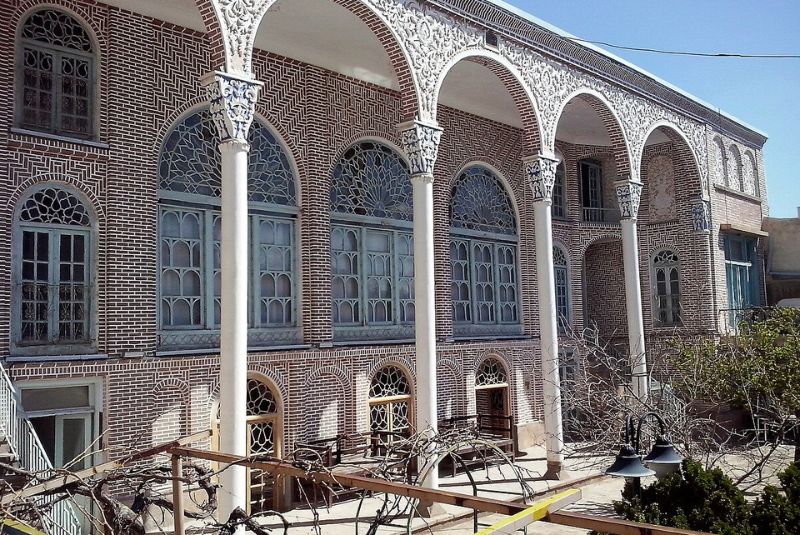
Nikdel House, located in the heart of Tabriz, was built during the late Qajar era (1789–1925), a time when Iran experienced significant cultural and architectural advancements. The house was constructed by the Nikdel family, a well-respected and affluent family in Tabriz known for their contributions to the city’s trade and social life. Like many traditional houses of its time, Nikdel House was designed to reflect the wealth and social status of its owners, with careful attention given to its layout and craftsmanship.
The architectural significance of Nikdel House lies in its blend of traditional Persian design with regional influences typical of Tabriz. The house features a symmetrical structure with central courtyards, which were common in Persian homes of the time. Ornate wooden doors, finely detailed windows, and colorful stained-glass elements characterize its external and internal features. The brickwork, arches, and delicate tile work are clear examples of Persian architecture that emphasize functionality and beauty in equal measure.
Over the years, Nikdel House has undergone several renovations to preserve its structural integrity and artistic elements. These efforts have helped maintain the house as an important historical site in Tabriz. Today, it serves as a valuable resource for understanding the domestic life of Tabriz’s upper class in the early 20th century, making it a significant point of interest for both locals and international visitors alike.
Architectural Features of Nikdel House
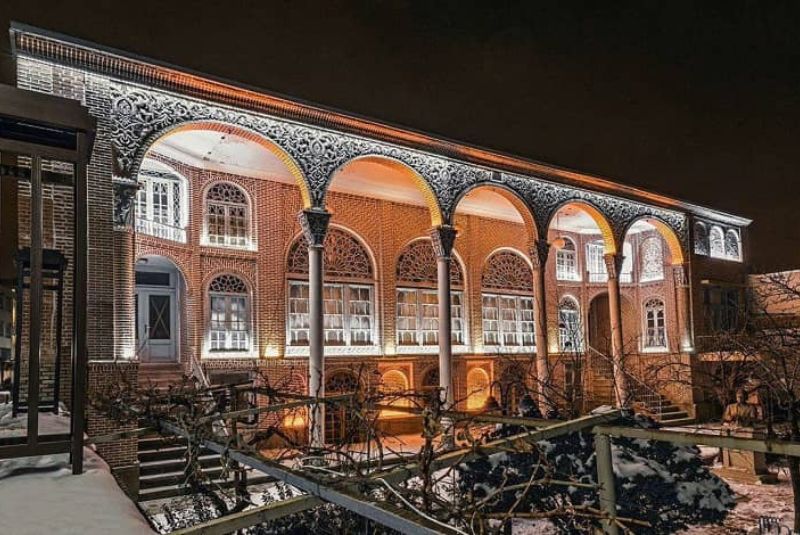
The exterior design of Nikdel House immediately showcases the artistry and attention to detail characteristic of traditional Iranian homes. The façade is composed of fine brickwork, with intricate patterns that highlight the craftsmanship of the time. The entrance is a grand wooden door with elaborate carvings, a common feature in Persian architecture that symbolizes the importance of hospitality. Above the entrance, you’ll find arched windows with beautiful stained glass, which filter light into the house while adding a colorful dimension to the building’s appearance. The symmetrical layout of the exterior reflects the balance and order highly valued in Persian design.
Inside, the interior layout is organized around a central courtyard, a typical feature in traditional Iranian homes. This courtyard acts as the heart of the house, connecting the various rooms and creating a sense of openness while offering privacy for the family. The rooms are designed for various purposes, including living quarters, guest areas, and private spaces, all connected with narrow hallways. High ceilings and arched doorways give the interior a sense of grandeur, while windows are strategically placed to allow natural light to flood in.
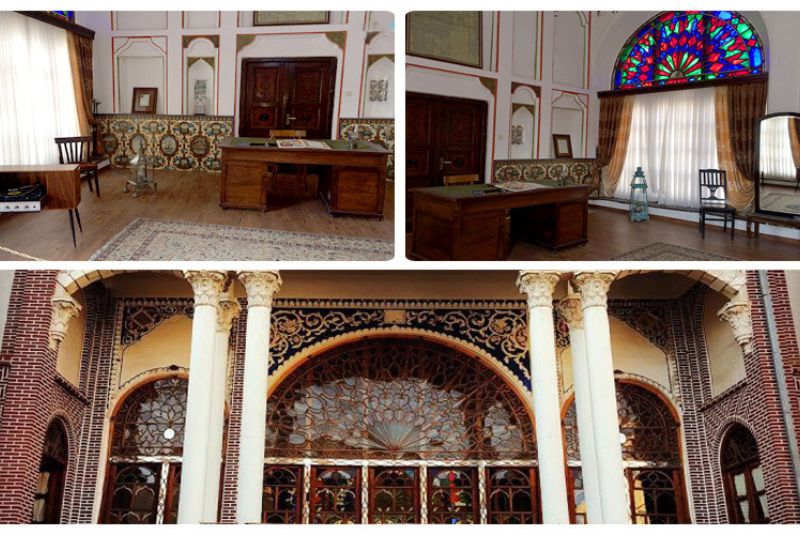
One of the special features of Nikdel House is its peaceful courtyard, adorned with a water fountain and small garden, a typical feature in Persian homes symbolizing tranquility and life. The water fountain not only enhances the aesthetic appeal but also cools the surrounding area in the warm seasons. Inside, the house contains some traditional furniture, antique artifacts, and decorative tile work, which showcase the family’s wealth and taste.
Culturally, the house reflects Persian values such as hospitality and the importance of family. The layout ensures privacy for the family while allowing space to welcome guests. Religious influences are also evident, with quiet areas designated for prayer and reflection, aligning with traditional Persian customs and Islamic principles.
Cultural Importance of Nikdel House
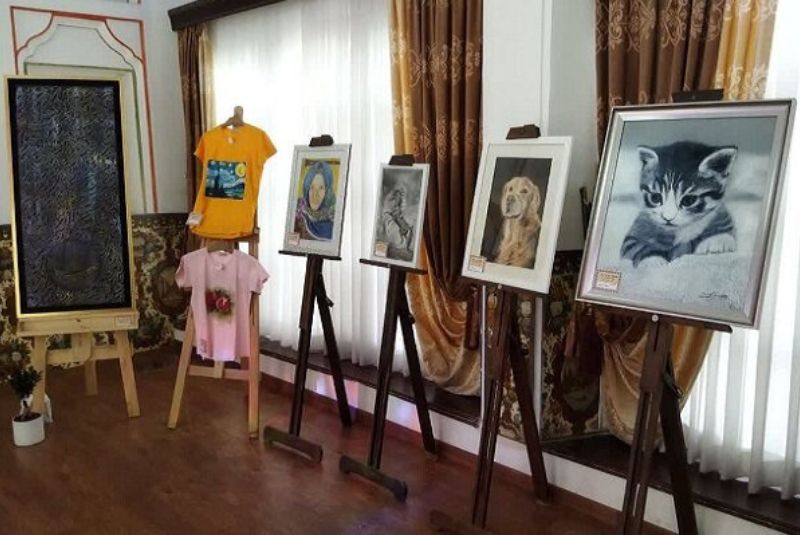
Nikdel House plays a vital role in Tabriz's cultural heritage, representing the architectural and social values of affluent families from the Qajar and early Pahlavi periods. The house serves as a window into the lifestyle and traditions of the upper class during this time, offering a direct connection to the domestic culture of Tabriz’s elite. Through its architecture and design, Nikdel House preserves a way of life that was defined by hospitality, family gatherings, and respect for cultural traditions.
The house reflects the lifestyle of affluent families in Tabriz through its size, craftsmanship, and interior decoration. The spacious rooms, lavish courtyards, and detailed woodwork highlight the wealth and status of its former owners. It also illustrates how these families maintained a balance between public and private life, with designated areas for receiving guests and private spaces for family activities.
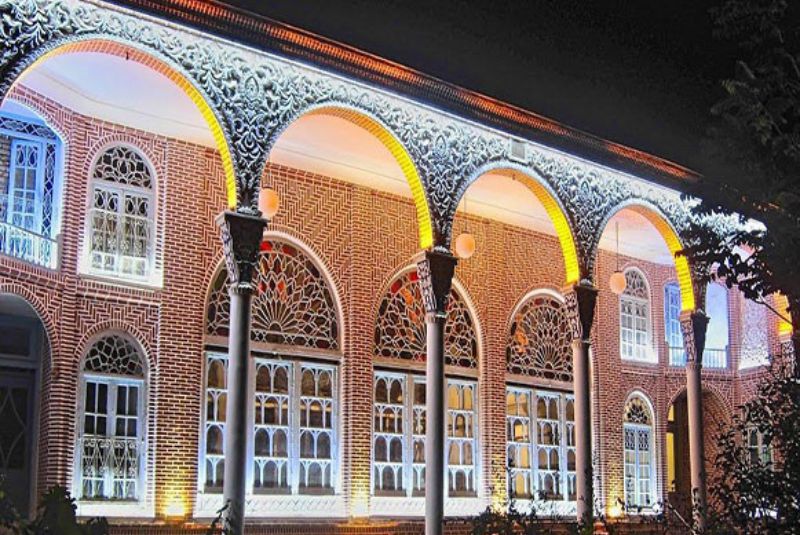
Today, Nikdel House is open to visitors who are interested in the history and architecture of Tabriz. It provides an educational experience for those who wish to learn about Persian architecture and social customs, contributing to cultural tourism in Iran. As one of Tabriz’s well-preserved historical houses, it remains a crucial part of the city’s efforts to preserve and celebrate its rich cultural history.
Visitor Information and Tour Experience
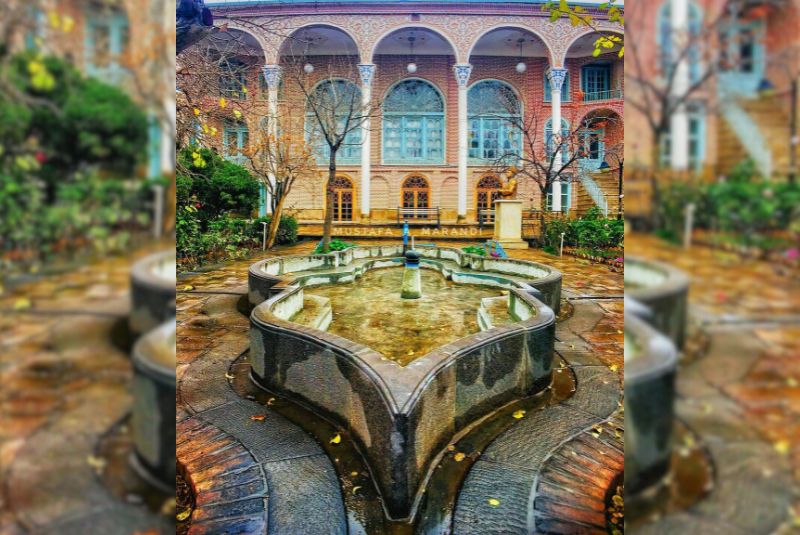
Nikdel House is located in the central part of Tabriz, making it easily accessible for tourists exploring the city. The house is situated near other popular attractions, making it a convenient stop for visitors. Tourists can reach Nikdel House by walking from various points in the city center or by taking local public transport such as buses and taxis. For those driving, nearby parking options are available.
When planning a visit, it’s important to note the admission fees, which are typically modest and vary for domestic and international visitors. Operating hours generally align with other historical sites in the city, often opening from mid-morning to early evening. While guided tours may not always be available, the house usually offers brochures or multilingual guides to help visitors navigate the property and learn more about its history.
A typical visit to Nikdel House lasts about one to two hours. Visitors can explore the main living quarters, the courtyard, and other rooms that were once central to family life. Key areas include the reception rooms, adorned with traditional décor, and the serene courtyard, where a small garden and water fountain create a tranquil atmosphere. Visitors should also keep an eye out for artifacts and decorative elements that provide insight into Persian domestic life.
After visiting Nikdel House, there are several nearby facilities, including local restaurants, cafes, and shops where tourists can enjoy traditional food or purchase souvenirs. These spots offer the perfect chance to relax and enjoy the flavors of Tabriz after your visit.
Nikdel House Nearby Attractions in Tabriz
After exploring Nikdel House, visitors will find several other attractions within walking distance, making Tabriz a rewarding city for those interested in culture and history.
Tabriz Historic Bazaar Complex (10-minute walk)
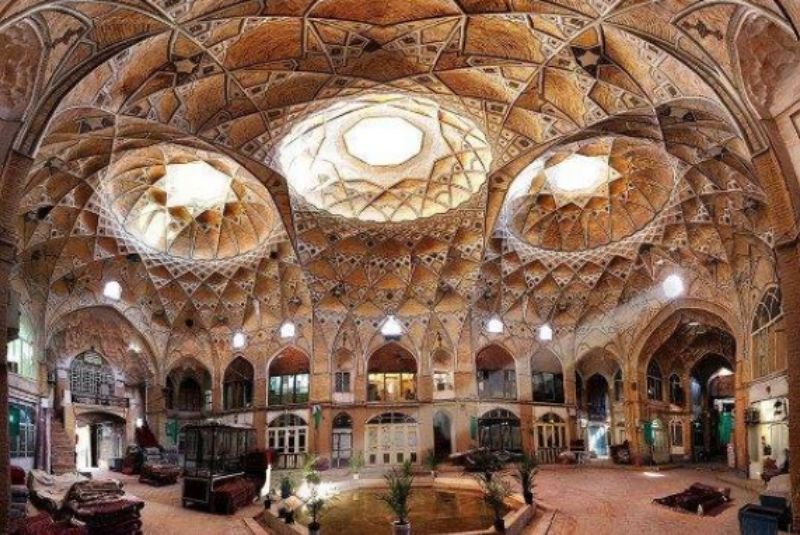
As a UNESCO World Heritage Site, this bazaar is one of the oldest and largest covered markets in the world. Visitors can spend hours browsing its winding corridors, where traders sell traditional Persian goods such as carpets, spices, and handmade crafts. The bazaar has also been a hub for commerce and cultural exchange for centuries, making it a must-see for tourists interested in Tabriz’s vibrant history.
Blue Mosque (Masjed-e Kabud) (15-minute walk)
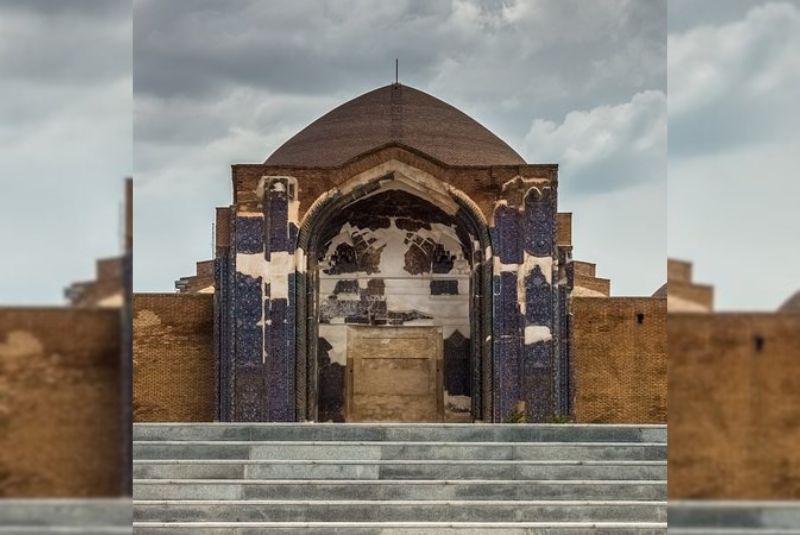
This 15th-century mosque is renowned for its intricate blue tilework and beautiful mosaics. Despite damage from past earthquakes, the mosque remains a masterpiece of Islamic architecture, offering visitors a quiet space to reflect on the artistry of the Safavid period.
Constitution House of Tabriz (Khaneh Mashrouteh) (5-minute walk)
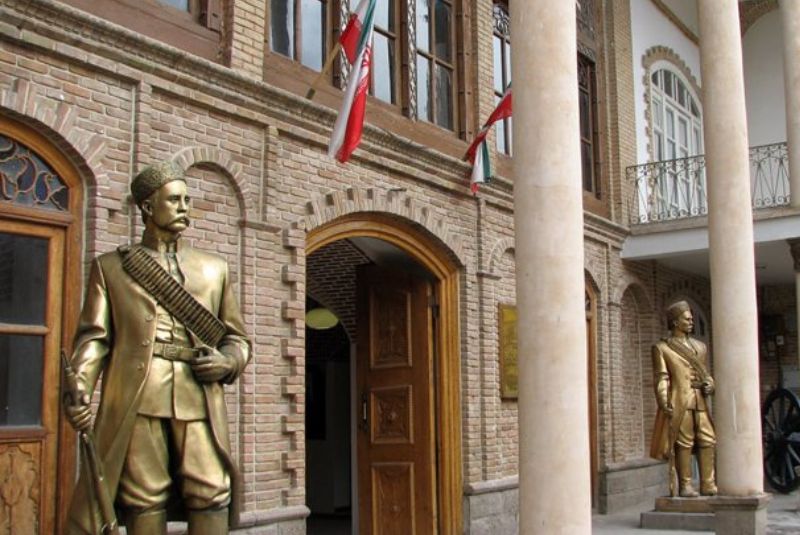
Located just a short walk from Nikdel House, the Constitution House is a museum that commemorates the Constitutional Revolution in Iran. It displays historical artifacts, photographs, and stories about this pivotal moment in Iranian history.
El Goli Park (Shah Goli) (20-minute drive)

For visitors seeking a relaxing break from the city's historical sites, El Goli Park offers a large artificial lake, gardens, and walking paths. The park is a favorite spot for locals and tourists alike, especially in the evenings when it becomes a lively social hub.
Azerbaijan Museum (12-minute walk)
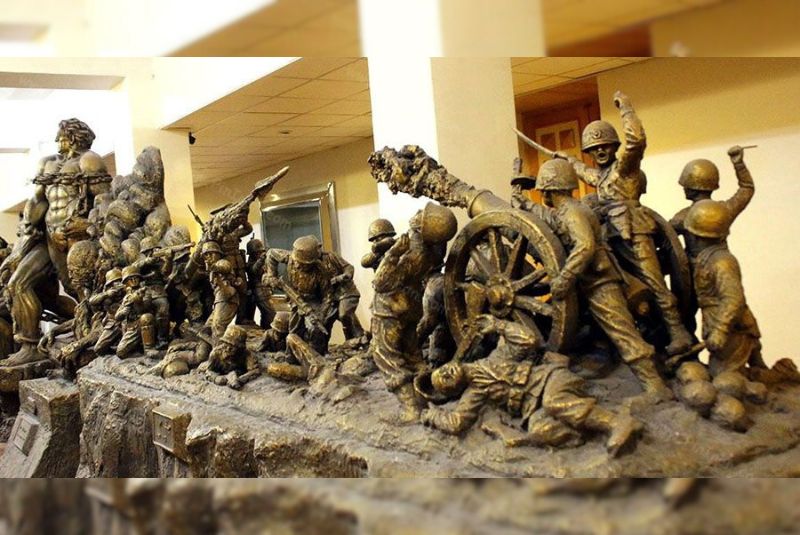
This museum is one of Iran’s most important archaeological museums, displaying artifacts from ancient Persia. It offers visitors a chance to explore Iran’s rich history, from prehistoric times to the Islamic era.
Qajar Museum (10-minute walk)

Also known as Amir Nezam House, this museum showcases the history of the Qajar dynasty and everyday life during their rule. The house itself is another example of elegant Persian architecture from the 19th century.
Final Takeaway
A visit to Nikdel House is an essential part of exploring Tabriz, offering travelers a unique opportunity to experience the city's rich architectural and cultural history. Its design, featuring stunning brickwork, peaceful courtyards, and beautifully crafted interiors, allows visitors to appreciate the depth of Persian culture in a tangible way.
To make the most of your time in the city, be sure to explore the nearby attractions.
Share your story!
Comment below and let us know about your Experience.
Your story inspires others!


Comment
Leave a Comment